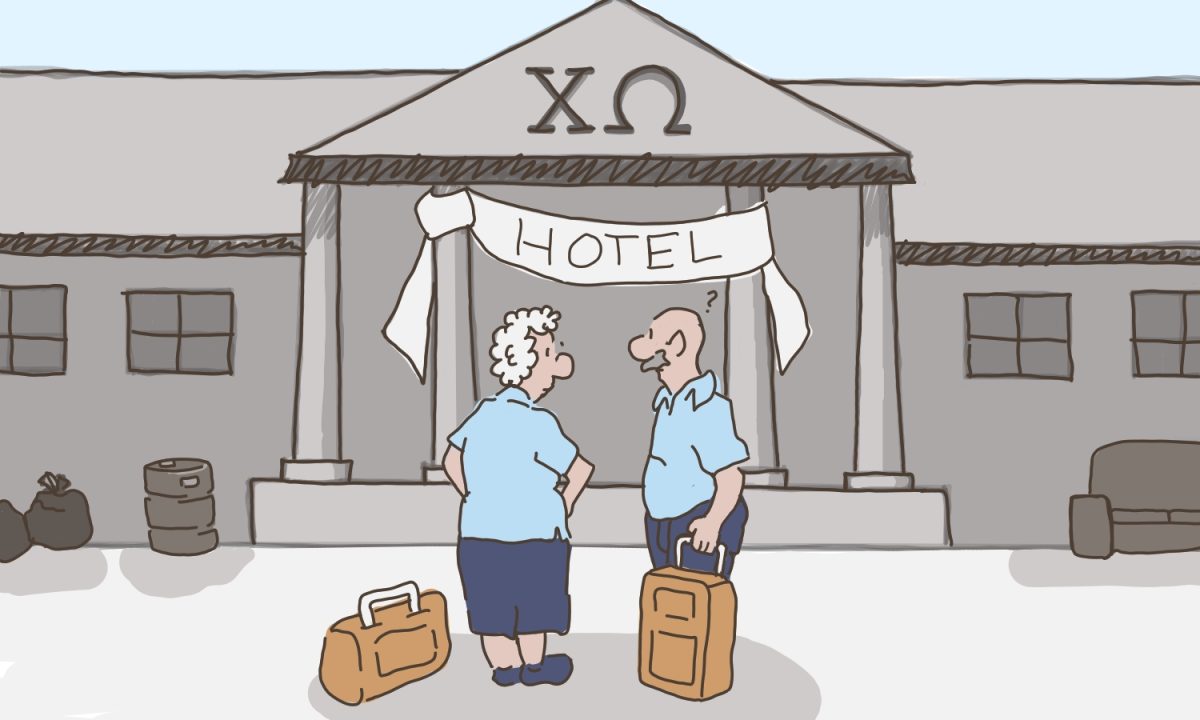Editor’s Note: All opinion section content reflects the views of the individual author only and does not represent a stance taken by The Collegian or its editorial board. This is a head to head, you can find the opposing viewpoint here.
Despite the immense progress made by women in past decades, there is still one major area where we fall short compared to our male counterparts: the professional world. The lingering and limiting effects of entrenched gender stereotypes comprise a profoundly influential form of sexual discrimination that produces inequity between men and women in the workplace.
Most societies around the world, whether they are developed or not, exhibit strong social structures around the roles of gender. Recent research has looked into how these gender expectations can negatively influence not just the mental and physical health of individuals, but hinder their resources, professional opportunities and ultimately their success.
A 2017 review from the Journal of Adolescent Health found that even in our supposedly progressive world, on a global scale adolescents are still susceptible to what researchers call “hegemonic masculinity.” When this widespread belief that “men are strong and women are vulnerable” is enforced in childhood and adolescence, it carries over into adulthood.
The effects of this masculine myth may influence everything from career choices, perceived personal ability and number of hours worked per week. My colleague Arisson Stanfield correctly points out that on a basic evolutionary level, women exist for the purpose of childbearing and men for the purpose of providing a necessary genetic catalyst, but we no longer live in a fight-for-survival Darwinian universe.
Women now have the right to choose not to have children. And if they do decide to start a family, that should in no way impact their professional success.
Current federal guidelines on maternity leave do not require all companies to provide the same period of time off work, which is usually unpaid. In the case of small businesses with fewer than 50 employees, government-mandated accommodation for new mothers does not apply at all.
In this way, women are at a biological disadvantage in the professional sphere because of the lingering impact of traditional gender norms.
The average working woman’s options are either have children and sacrifice salary and career, or do not have children and attempt to keep pace with their male competitors.
The average working woman’s options are to have children and sacrifice salary and career, or to not have children and attempt to keep pace with their male competitors. Gender expectations keep them further entrenched in this dilemma. My colleague Stanfield is considerate to acknowledge biological disadvantage, but his analysis ends there.
Personal career choices have been offered as an explanation for the gender wage gap. Women tend to choose jobs that require less education or training, and therefore have a lower pay rate. But perhaps women would feel less compelled to opt for nursing or teaching roles if the “hegemonic myth” were not constantly reinforced.
According to a 2011 study from Frontiers in Psychology, women tend to score higher on neuroticism, agreeableness and conscientiousness than men. These differences are especially pronounced in developed Western countries like our own.
Just because men and women might exhibit personality differences, according to very generic guidelines, that doesn’t explain why the average full-time working woman makes 80 cents to the man’s dollar, and even less if she is a minority.
The Institute for Women’s Policy Research reports that “equal pay would cut poverty among working women and their families by more than half and add $513 billion to the national economy.”
No matter how much progress we have made, we cannot deny that there is still something fundamentally wrong with what we believe about sexual differences. Until gender expectations and their associated roles are eliminated, we will most likely continue to see highly unequal professional gaps between the sexes.
Lauren Willson can be reached at letters@collegian and online @WillsonLauren.










